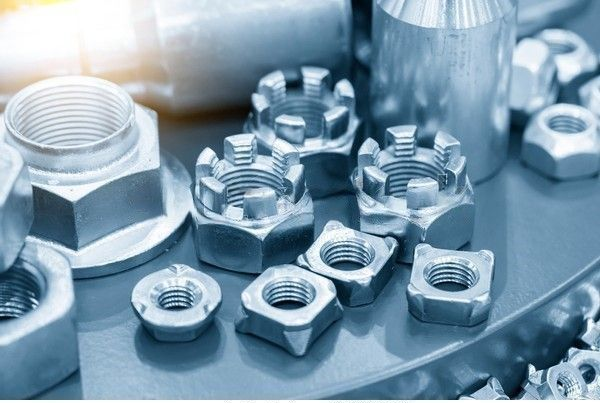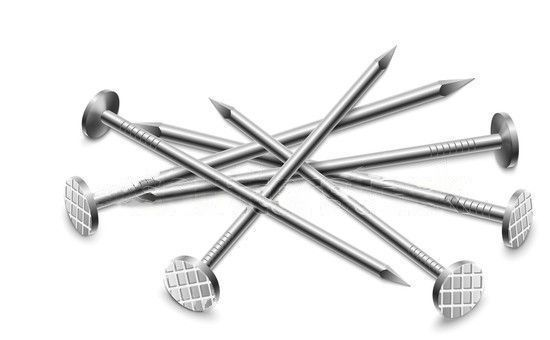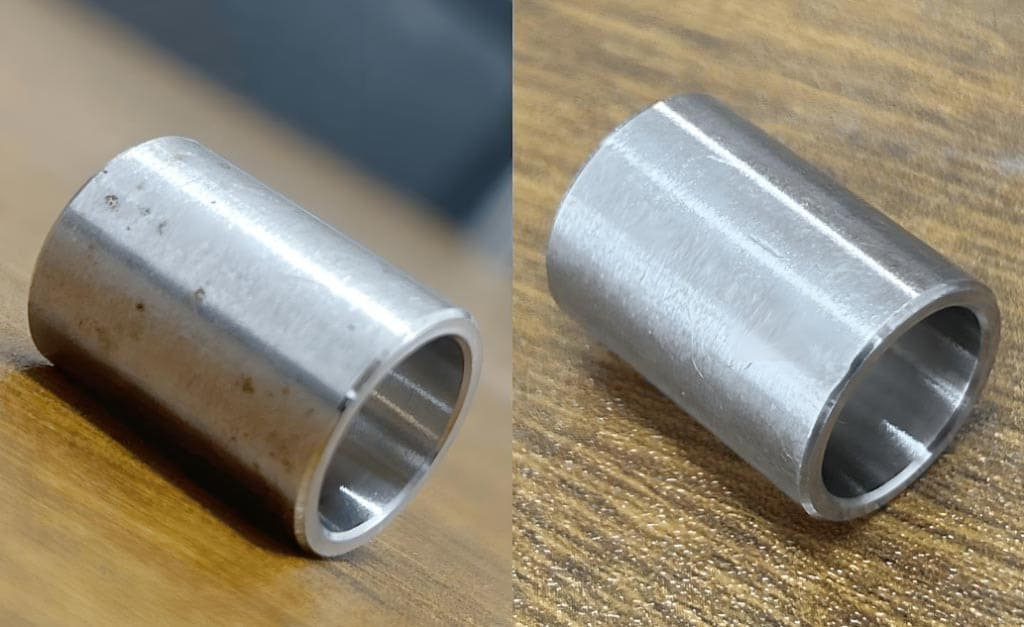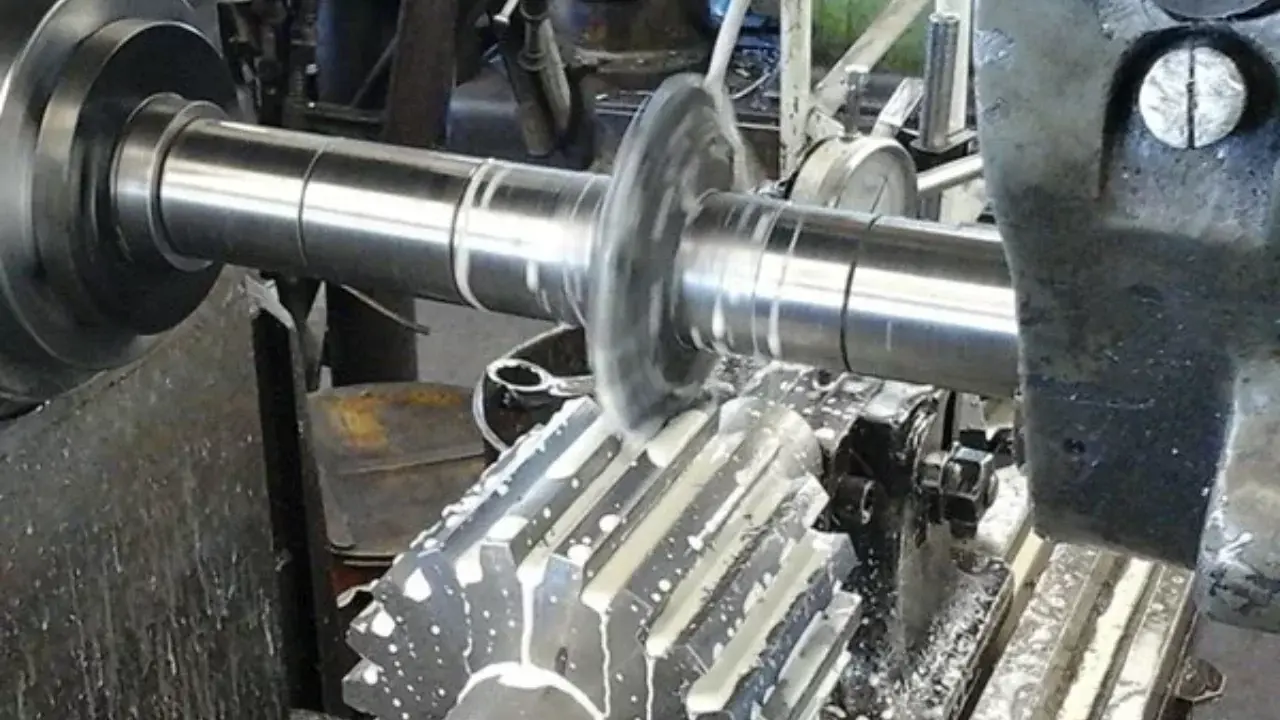What is a fastener?
A fastener is a temporary or permanent mechanical device that securely joins or fastens two surfaces or items together. Temporary fasteners are simply removed without causing harm to the materials they were used to join. Permanent fasteners might be difficult to remove without using a lot of force, which could also harm the linked surfaces. A durable type of secure connection is what permanent fasteners are intended to be. There are many different sizes, types, and combinations of fasteners, such as screws, nails, nuts, bolts, and washers. Fasteners are one of the most commonly used tools for creating, producing, and assembling a wide range of goods and industrial machinery.
Materials for fasteners
The best metals for making fasteners include steel (stainless steel, carbon steel, alloy steel), aluminum, titanium, copper, brass, nickel, and other alloys. The 200, 300, and 400 grades of stainless steel are frequently used for industrial fasteners.
For enhanced functionality, such as corrosion resistance or electrical insulation, fasteners may also be coated with different materials. Zinc and chrome are two popular platings and coatings.
Types of Fasteners
Commercially, mechanical fasteners come in a wide range of shapes and sizes. They come in a variety of sorts, each of which has a number of subcategories. The following list of popular fastener types includes:
- Screws: An externally threaded fastener with greater tensile strength and endurance
- Bolts: Threaded bolts are another name for a partly threaded fastener that connects two components.
- Nuts: It is internally threaded and fits into a bolt to secure items and keep them from slipping out of place.
- Rivets: It also includes pop rivets and creates permanent couplings between things.
- Washers: a flat disc that distributes stress with the help of a nut and bolt
- Nails: A long, thin metal rod is used to link items.
- Anchors: It is employed to secure items to concrete surfaces.
Screws

The Screw fasteners are fasteners having male exterior threads (helical surface ridges) that interact with the female internal threads in the components they are securing. They are usually made of metal.
A distinguishing characteristic of screws is that they frequently include a sharp edge that cuts into the component's surface and a female internal thread that, when rotated, removes and enables the connection to be created. The fact that screws link with the component itself makes them popular standalone fasteners.
Bolts and screws both serve the same purpose, but because bolts often have blunt heads, they cannot self-thread; instead, female threads must be created in the components in some other way.
Commercially accessible screw fasteners come in a wide variety of forms, including slotted headless set screws, machine screws, deck screws, sheet metal screws, lock nuts, lock washers, and many more. A few of these are:
Sheet metal screws.
self-threading screws that are very sharp and can cut through sheet metal, wood, and plastic.
Machine screws.
Machine screws, which are most frequently used in machine components, are installed into pre-drilled holes and have precise, tiny threads.
Cap screws.
Large-headed screws are frequently employed in the assembling of appliances and other machinery.
Eye screws.
These screws, which are also known as lag eye screws, feature looped heads that allow for line threading.
Lag screws:
Long, threaded screws with a zinc coating are mostly used in woodworking.
Wood screws:
Typical woodworking screws with pointy ends.
Bolts

Bolts are fasteners having exterior male threads that are used to join two or more components, much like screws.
However, unlike screws, bolts need a prepared female thread to engage. They do not self-thread; rather, the female thread is frequently attached to a nut. When two components with unthreaded holes are joined together using male and female bolts and nuts, the union is referred to as a bolted joint.
Bolt fasteners function with through holes (i.e., holes that go all the way through an object's material) when used with nuts, with the bolt head on one side and the nut on the other.
There are numerous different bolt types that are appropriate for various uses. Several of the most common types of bolts include:
Hex bolts
These are bolts having threads and hexagonal heads, maybe with a threadless area below the head.
Sex bolts
Also known as Chicago bolts, barrel bolts, or barrel nuts, are essentially both nuts and bolts at the same time since they have a male threaded screw and a female threaded barrel.
U-bolts
U-bolts are fasteners in the shape of a U that have two parallel threaded ends and are used to secure things like pipework.
Eye bolts
Bolts that have a looped head through which lines can be threaded are known as eye bolts.
Carriage bolts
These are threaded bolts having a square neck immediately below and a rounded mushroom head at the top to prevent spinning.
Nuts

Nuts are female-threaded fasteners that are normally used in conjunction with a matching bolt to make a fastened joint. Components with unthreaded holes can be joined together using the nut-and-bolt mating mechanism.
The friction, compression, and mild stretching of the bolt help nuts and bolts remain tight. The connection, however, can unintentionally get looser during operations with a lot of vibration. In this situation, the nut may be secured with a locking nut, locking fluid, or a second nut may be placed on the bolt.
The outside of a nut can have a variety of shapes, depending on whether it will be turned by hand or with a wrench, as well as on a number of other considerations. The inside of a nut is threaded. There are several nut types that are appropriate for various uses. The following are some of the most popular varieties of nuts:
Acorn nuts
Also known as cap nuts, these fasteners have a domed surface on one side to conceal the end of the bolt.
Weld nuts
Weld nuts are made with one side that may be welded to another metal part.
Hex nuts
Hex nuts are common fasteners with a hexagonal exterior for easy wrenching.
Wing nuts
Nuts have wing-like features on either side to make turning them by hand and without tools easier.
Rivets

Fasteners known as rivets commonly have a smooth shaft and no threads. A rivet has a head and a tail on either end.
A rivet is inserted into a hole to serve as a fastener, and then its tail is "upset" using mechanical force to cause it to expand to around 1.5 times the diameter of the shaft and form the joint. When a rivet is damaged, it has two heads: the original factory head and the replacement shop head.
Rivets provide permanent joins, as opposed to screws, threads, and bolts. If the tail is disturbed, it cannot be restored to its previous position. As a result, riveted joints are far more difficult to disassemble than temporary fasteners.
There are several rivet types available for various uses. The following are some of the most frequent types of rivets:
Pop rivets
Pop rivets are sometimes referred to as blind rivets, are tubular rivet fasteners having a weak spot at the head and a central mandrel (where it can be broken off).
Solid rivets
Simple fasteners with a shaft and a head that may be bent with a hammer or rivet gun.
Semi-tubular rivets
These seem like solid rivets but have a small hole at the tip that makes it harder to unscrew.
Washers

Washers are hardware items used in combination with fasteners like nuts and bolts, although they aren't fasteners in and of themselves.
The term "washer" refers to a thin plate with a hole in the middle that is used as a spacer, a load distributor, a locking mechanism, or a vibration dampener. Although they can also be square-shaped, washers are commonly circular.
In order to protect the component's surface from fasteners coming into direct contact with it, washers are used.
Nails

It is a short, flat-headed metal spike that is inserted into wood to keep objects together or serve as a hook. Since their first use, nails have evolved into a common household item.
Given that a nail lacks threading on its body, the distinction between a screw and a nail is simple to recognize. The names of various nail types come from their applications.
Box nails
Both a diamond point and a head-shaped tip are present on box nails. These are most frequently used when connecting steel structures.
Finishing nails
Finishing nails are flat-headed screws that, when used in applications, blend in with the material being applied to and have a superior locking mechanism. This group of round, smooth-headed nails produce a tidy finish and is frequently used in complicated and precise design tasks.
Flooring nails
This group of nails is utilized in flooring applications, as suggested by the name.
Roofing nails
The large heads of roofing nails give them the illusion of being corrosion-free nails.
Anchors

Anchors are a unique kind of fastener used to attach metal parts to concrete, epoxy, vinyl-ester, and polyester resin. They are either put in while the concrete is drying out or after it has dried and solidified. There are several types of anchors available depending on the application and the object to be secured.
The capacity of anchors to convey tensile strength and shear force to the substrate is an advantage. Anchors are classified into two types: mechanical and chemical (bonded). It is necessary for anchors to withstand pullout and shear pressures, which act perpendicular to the fastener's axis and against it, respectively. Chemical anchors are fastened with an adhesive, whereas mechanical anchors are put into a hole.
A few examples of anchor types are as follows:
Acoustical wedge
Wiring is held in place on masonry or concrete using acoustical anchors.
Double expansion shield
A type of mechanical anchor, double expansion anchors expand when they are screwed in.
Hammer drive pin
Light-duty hammer drive pin anchors are driven into the surface until the anchor's nail is level with the surface.
Screw anchors
Screw-in anchors come in a range of plastic, metal, and fiber compositions. They screw into a hole that has already been drilled and feature a Phillips-style head.
Selecting a fastener
It's crucial to pick the appropriate fastener for your intended use. When deciding which fastener types are best for your application, you should always consider the following: It's crucial to pick the appropriate fastener for your intended use. When deciding which fastener types are best for your application, you should always consider the following:
Which sort of fastener do you require?
What application calls for these fasteners?
What properties do you require in your jam nuts?
What is your actual requirement for a fastener?
What are the primary properties that your produced item must have?
The sort of fasteners that are ideal for your usage will be obvious to you after you have the answers to these questions. By utilizing the right fastener characteristics, you can guarantee the good performance of your application. For example, if you wish to link two produced pieces perpendicularly, internal threaded fasteners are the ideal option.
Contact CNC Milling China or get a quotation for additional information on the types of fasteners you might require for your next prototype.




